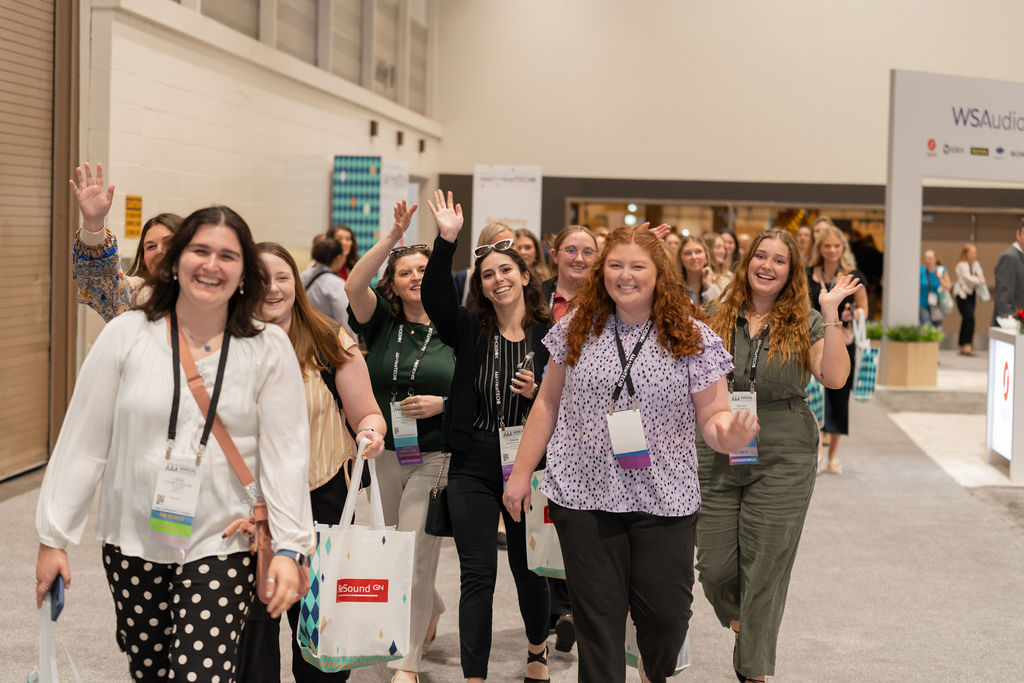That’s right, a recent study completed by researchers in Canada and Germany demonstrated that people dance nearly 12 percent more when music includes very low-frequency (VLF) bass, but it may be the sounds we don’t hear that gets our toes tapping.
Cameron and colleagues (2022) studied the attendees of a concert performed by electrical music duo Orphx. Participants were fitted with motion-sensing headbands and completed pre- and post-concert questionnaires. The VLF speakers, which produced sounds between 8–37 Hz (below human hearing capabilities), were turned on/off every 2.5 minutes over 55 minutes of the performance. Head movement speed and the concertgoers’ dance moves were monitored, calculated for each participant in each of 18 segments, and then compared to normalized movement while VLFs were ON vs. OFF. Data revealed that the attendees moved significantly more, on average, by 11.8 percent, while VLFs were ON vs. OFF.
Why? Cameron and his colleagues suggest that the super-low frequencies may influence the vestibular system that controls body position and movement through the inner ear. They theorize a neurological link between these physiological processes and music; anatomy can pick up on low frequencies, affecting our perception of “groove,” spontaneous movement, and rhythm. Investigating brain mechanisms responsible for the movement will require an examination of the effects of low frequencies on the vestibular, tactile, and auditory pathways.
Cameron and his colleagues further suggest that these results suggest involvement of subcortical pathways from sound to behavior, possibly including modulation of the reward system, whose activity is associated with groove and movement vigor, and/or timing dynamics in the motor system via basal ganglia.
All that scientific talk aside, the results are not overly surprising. Bass-driven music is good for doing the boogie. Very low-frequency sounds, however, have the same effect, but it looks like it may be an unconscious one.
Seems as though Meghan Trainor was correct—it really is “All About That Bass.”
References
Cameron DJ, Dotov D, Flaten E, Bosnyak D, Hove MJ, Trainor LJ. (2022) Undetectable very-low frequency sound increases dancing at a live concert. Current Biol 32 (21) R1222-R1223.
Yazgin E. (2022) Drop that bass (below the level of human hearing) to get bodies on the dance floor moving. Cosmos. (accessed December 1, 2022).
Recent Posts
Your Professional Growth Starts Here
Ready to level up your career? You told us professional and leadership growth matters—especially for those newer to the field and eager to build their…
Termination of Federal EHDI Grants
Earlier this week, the Academy learned that seven federal cooperative agreements funded by the U.S. Health Resources and Services Administration (HRSA) are being terminated. Despite…
Discover What’s New (and Worth the Trip) at AAA 2026
We’re gearing up for an unforgettable convention, and we’re excited to share what’s new in San Antonio! This year’s convention brings fresh programming, expanded learning…


